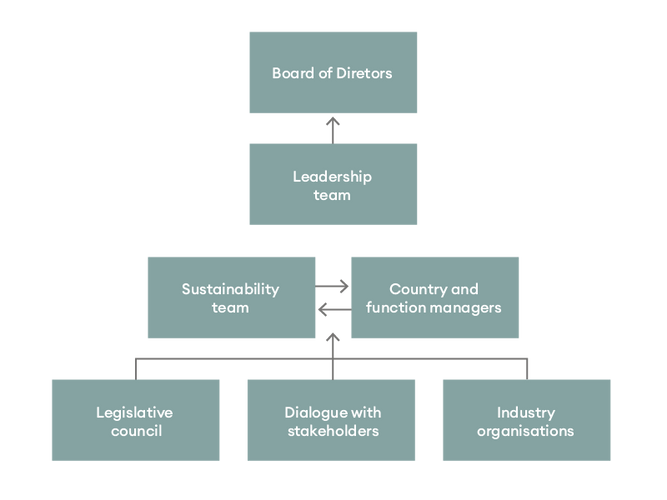Our material topics
The sustainability topics that we have identified as material are described below.

The materiality analysis is a tool for understanding which sustainability topics are most relevant to us and our stakeholders.
Stakeholders
OX2 holds ongoing dialogs with the company’s stakeholders. Dialog takes place in a range of
situations and channels in order to gain a better understanding of which sustainability topics different stakeholder groups consider to be important in relation to OX2 and what
significant impact different sustainability topics have, or may have, on the outside world. The stakeholders identified as being most central to OX2’s operations are customers, shareholders, analysts, employees and suppliers.
How we define what topics are material
We define material topics through a structured process that begins by identifying key stakeholders and relevant forums for engagement. We then engage with these stakeholders to gain a deeper understanding of the impacts both on and from various sustainability topics. The insights gathered during this engagement are analyzed to help prioritize the most significant sustainability issues. Based on this prioritization, we set targets for the most material topics and update our overall sustainability approach accordingly. Our operations are guided by this refined approach, and we regularly report on our actions, progress, and performance to ensure transparency and accountability.
The latest materiality analysis was conducted in 2025 and followed the European Sustainability Reporting Standards.
The sustainability topics that we have identified as material are described below.